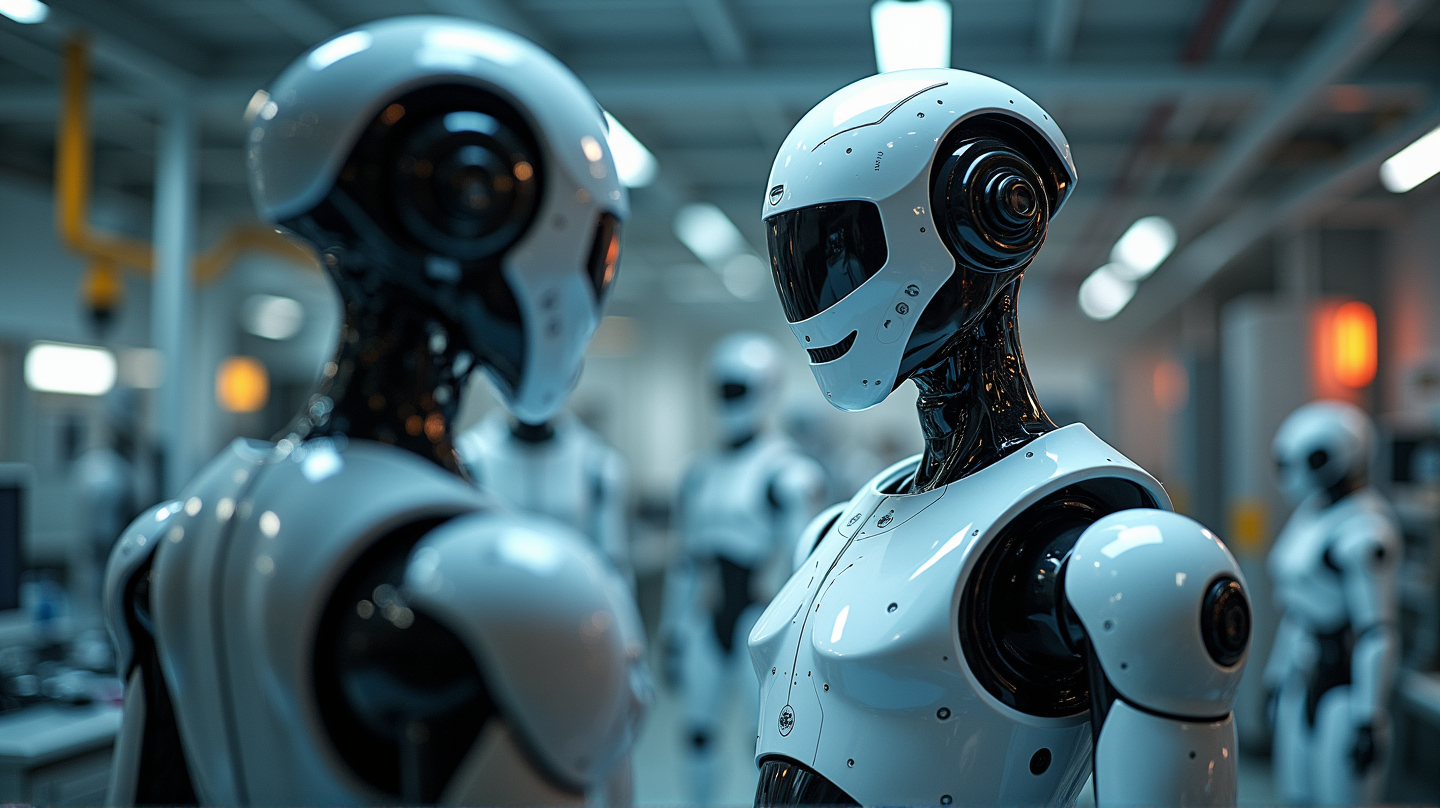Humanoid robots, resembling human form, are rapidly advancing in their capabilities to interact with human environments and tools. Iowa State University is at the forefront of these advancements by pioneering methods to enhance the physical intelligence of humanoid robots, ensuring that safety remains a top priority.
Understanding Physical Intelligence
In our early years, mastering skills like walking and grasping objects is pivotal. However, while these become second nature to humans, they pose significant challenges for humanoid robots. According to Bowen Weng, a leading roboticist at Iowa State, robots struggle with physical intelligence as they must adapt to unpredictable environments and integrate sensory feedback in real time. Despite advances in AI, the adaptability of robot bodies remains a hurdle.
Navigating Challenges
Humanoid robots have diverse applications from assisting humans to performing dangerous tasks. Yet, the greater challenge lies not in replacing humans but adapting to work alongside them. Weng emphasizes that robots need human input for design, training, and supervision. This collaboration opens new career paths in AI oversight and ethics.
Collaborative Innovation
Within the walls of Iowa State’s computer science robotics lab, cutting-edge innovations are in motion. Here, humanoid robots are trained to perform tasks akin to human motions, fostering collaboration over competition. As doctoral student Zaid Mahboob highlights, the aim is to refine robots for safe, precise human collaboration.
Prioritizing Safety
Safety is paramount, and Weng’s research focuses on reliable testing frameworks for robots, assessing risks of instability from disturbances such as frontal impacts. With support from institutes like NIST, ongoing projects aim to standardize performance evaluation of legged robots, promoting transparency for public trust.
Real-World Experiments
Iowa State offers invaluable hands-on experience with real robots, drawing students like Yuija Chen and Dylan Khor who value the opportunity to work with tangible data over simulations. As students engage in programming with legged robots and robotic arms, they drive innovation under Weng’s guidance.
Future Outlook
Though hurdles like high costs and ethical challenges persist, ongoing research aims to make humanoid robots trustworthy and efficient. Iowa State’s commitment to this cause underscores the pivotal role of human-led research in revolutionizing the way robots blend into our society.
This dedication to advancing humanoid robotics ensures our future is rich with possibilities and safe for collaboration.
For more insights, connect with Bowen Weng at [email protected] or Lisa Schmitz at [email protected]. According to Iowa State University, the work at Iowa State is not just essential, it’s transformative.
